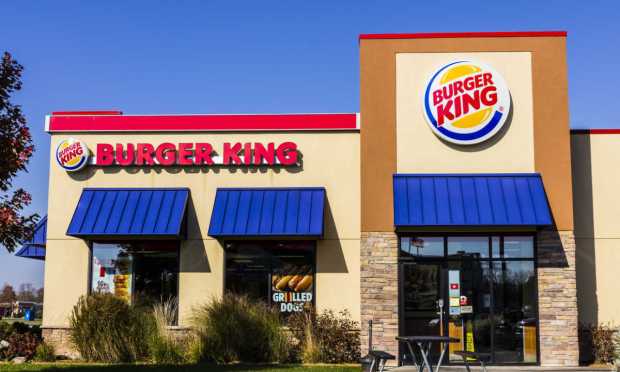RBI Monitors Prices of Both Competing Restaurants and Grocers

Amid inflation, RBI keeps watch on not just other QSRs’ pricing but grocers’ as well.
Restaurant Brands International, parent company of quick-service restaurant (QSR) giants Burger King, Popeyes and Tim Hortons as well as the more recently acquired Firehouse Subs, is noting that, in the face of rising food prices, its competition not only comes from other restaurant chains but also from supermarkets. After all, with rising prices prompting many consumers to rethink their food spending, restaurants have to work harder to keep diners from trading down to grocery.
On a call with analysts Tuesday (Feb. 14) discussing the firm’s fourth-quarter 2022 financial results, Chief Operating Officer Joshua Kobza, who was just appointed CEO and who will begin the role March 1, spoke to how the company understands the competitive landscape as far as food pricing.
“We know that it’s core to our proposition to our customers to provide great taste and great value every day, and so we want to make sure that we’re upholding that promise,” Kobza said. “[But] we have seen cost pressures. [We] keep a careful eye on what’s happening with inflation in the broader market — what’s happening in grocery, in restaurants, what’s happening with our competitors, and we try to put all of those things together to get the right balance of pricing and value in our business over time.”
The news comes as pricing becomes a key decider for restaurant customers, both in terms of whether or not they purchase from restaurants and in terms of which brands they choose., according to research from PYMNTS’ study “The 2022 Restaurant Digital Divide: Restaurant Customers React To Rising Costs, Declining Service.”
The report, which draws from a census-balanced survey of more than 2,300 U.S. restaurant customers, finds that anywhere from 67% to 88% of diners, depending on generation, report having made changes to their restaurant spending in response to inflation. The most popular change cited was purchasing from restaurants less often, followed by opting for restaurants with lower prices.
Restaurants are challenged to be especially aggressive in their pricing efforts given consumers’ tendency not to notice when eateries absorb food price increases. Research from the Digital Divide study found that diners were estimating year-over-year food price increases to be 24% at a time when that was more than three times the figure measured by the U.S. Bureau of Labor Statistics (BLS).
Meanwhile, research from PYMNTS’ study “Consumer Inflation Sentiment: Perception Is Reality” finds that consumers figured grocery inflation to be a moderately lower 22% year over year, when that was twice the measured rate. Indeed, grocery inflation has outpaced restaurant inflation. BLS data released shows that grocery prices rose 11.3% year over year in January, while restaurant prices grew 8.2%.
One way that Restaurant Brands International is looking to keep customers engaged in the face of stiff competition from the grocery sector, especially with its Tim Hortons brand, is by improving the rewards on offer, a popular strategy across leading restaurant brands right now.
“We see opportunities to enhance the Tim’s digital experience even more by improving the look and feel of our app and adding more rewards options and reasons to engage with our platform every day,” Kobza said.
